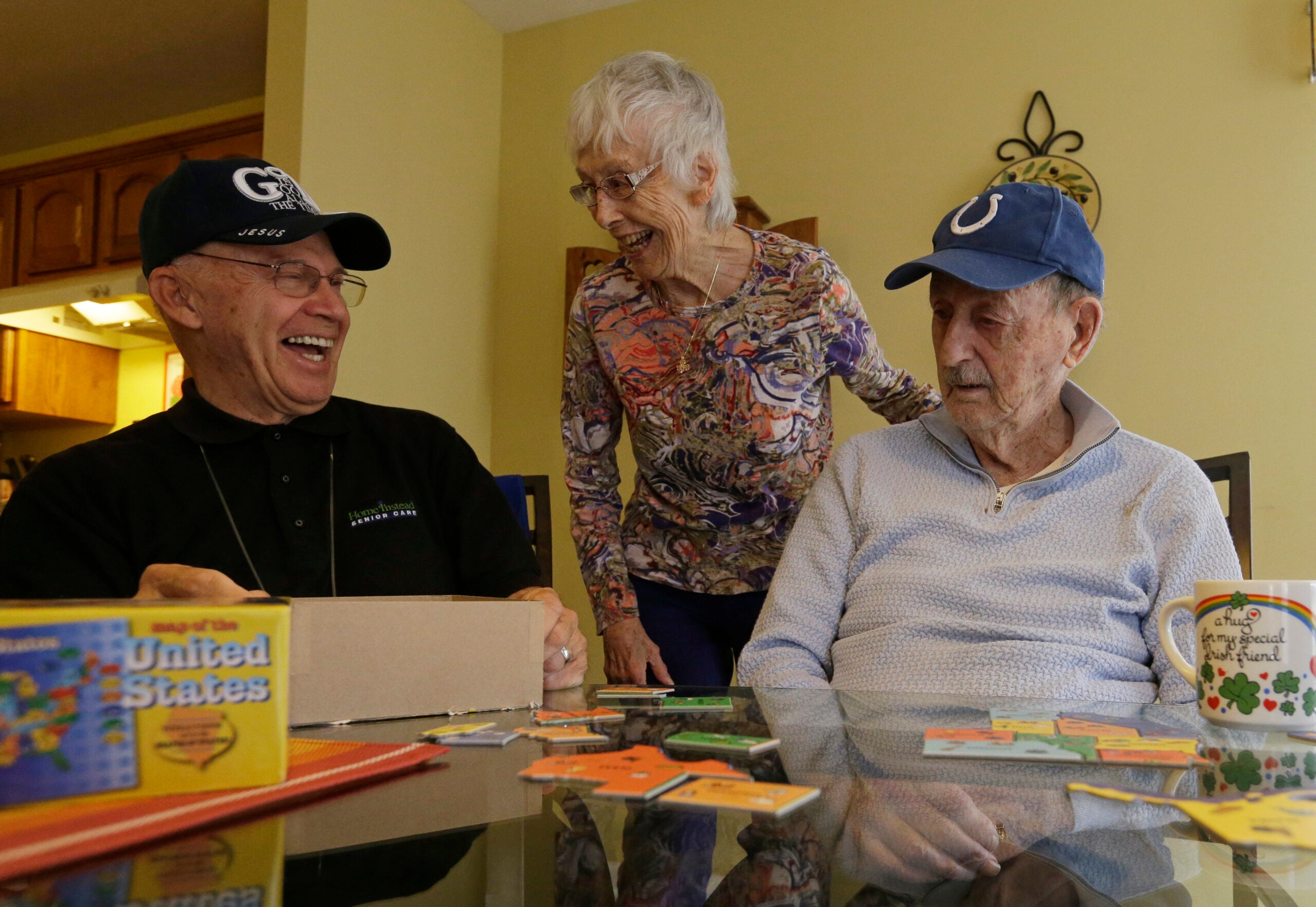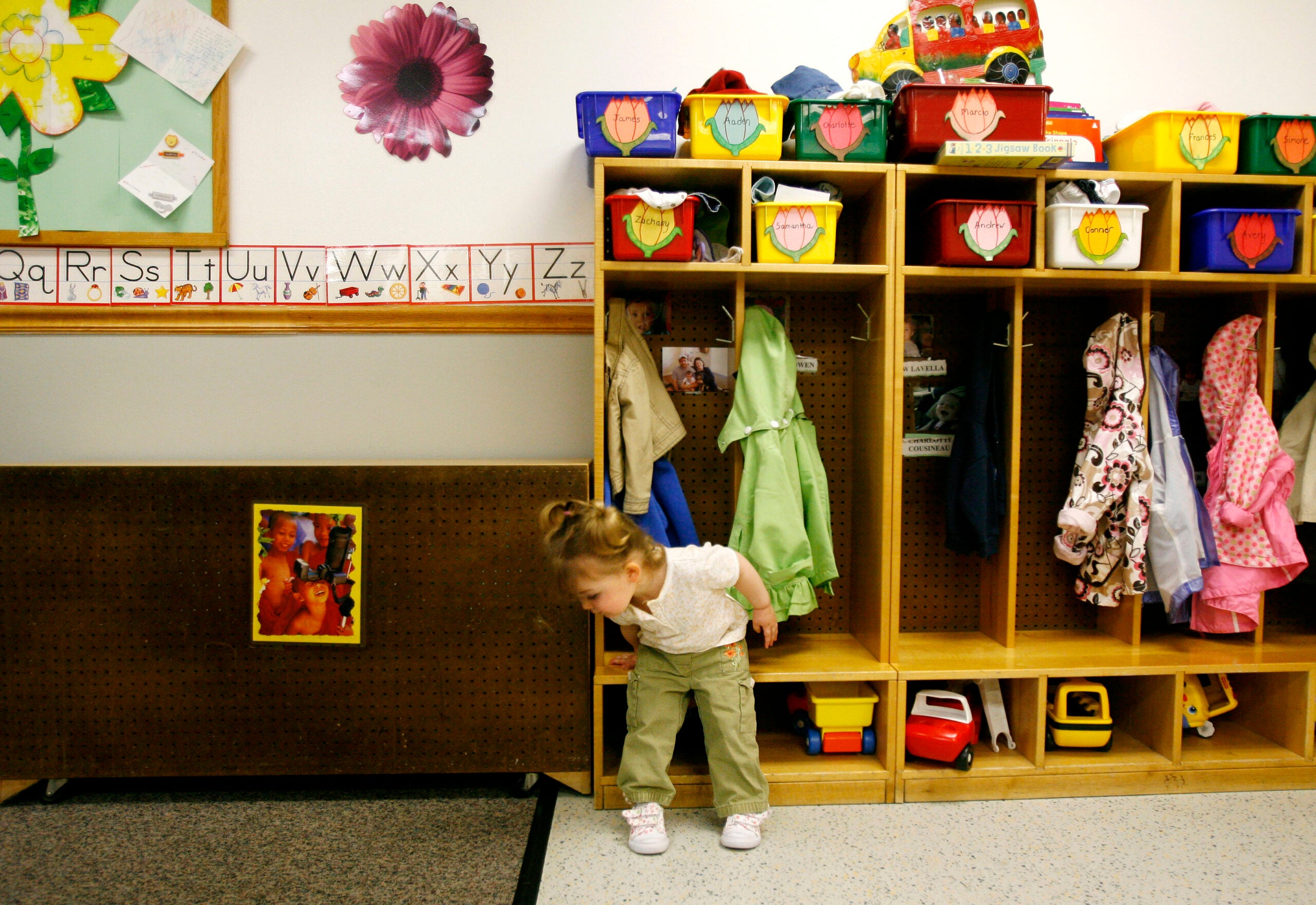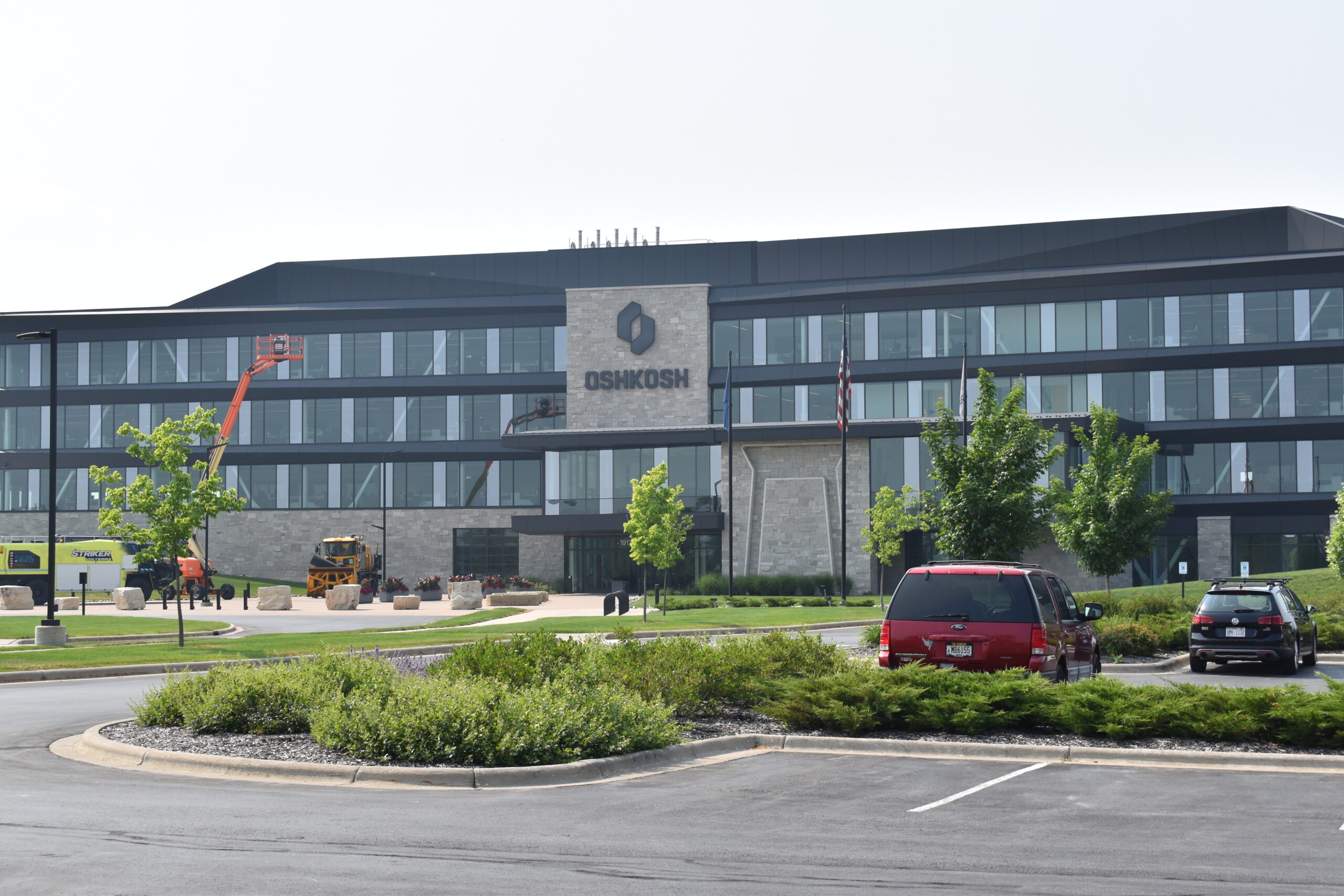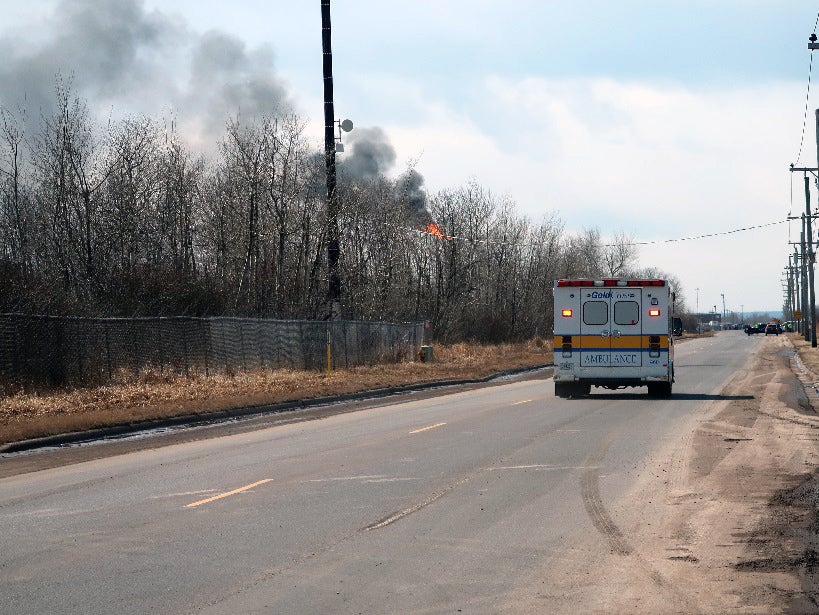As federal health officials push states to invest in the home health workforce, Wisconsin’s efforts to train and connect care workers are being celebrated as a model for other states.
The Centers for Medicare & Medicaid Services announced on Tuesday new guidance for states on how to create a registry of qualified home health care workers. The worker management platforms are designed to make it easier for people who qualify for home-based care services through Medicaid to find someone to provide that care.
The Biden administration allocated funding from the American Rescue Plan to help states build and maintain these registries as part of a broader investment in home and community-based services for older adults and people with disabilities. In a White House press release about the new guidance, federal officials highlighted the registry launched by the Wisconsin Department of Health Services in July.
News with a little more humanity
WPR’s “Wisconsin Today” newsletter keeps you connected to the state you love without feeling overwhelmed. No paywall. No agenda. No corporate filter.
Kevin Coughlin, policy initiative advisor for the DHS Division of Medicaid Services, said federal officials are not the only ones recognizing the state for its work.
“We actually have about 12 states that have also reached out to see kind of how we’re doing the work, because everybody is suffering from the same workforce crisis that Wisconsin is,” he said.
The registry is a part of the state’s certified direct care professional training. Participants complete a free, 30-hour online course at their own pace and take a proctored exam before being listed. Coughlin said the system includes a workforce portal, allowing certified workers to see available jobs and post resume information for potential employers. The state program also pays out sign-on and retention bonuses for people who complete the program.
Coughlin said nearly 5,000 people have registered for the training and 218 people have completed it, with 157 of them currently employed in the field.
“I would say half of the registrants that are coming in are current (care professionals), and then the other half are brand new to this industry — which is good, too — because we have to get more bodies into these positions,” Coughlin said.
According to DHS, one in four direct caregiver positions were vacant in 2020. The state is expected to need 20,000 more home care workers by 2024 to keep up with the state’s aging population.
He said the state is still working to improve the program, with plans to roll out a Spanish language version of the training in early 2024. The registry will also soon recognize specialty training programs for home health professionals, like those relating to dementia care, allowing workers to advertise their credentials and potentially seek higher pay.
Jake McDonald is senior state policy advocacy specialist for PHI, a national nonprofit focused on direct care workforce that does policy research. He said these types of registries can make a big difference in connecting families with qualified caregivers.
“Oftentimes families are struggling on their own to figure out how to get a worker,” he said. “These registries are really a leg up in kind of connecting folks together, so that we can get the workers to the people who need them.”
McDonald, who is originally from Green Bay, said home health care across the United States has been historically undervalued, in part because it has mostly been provided by women and people of color. That has made it hard to attract and keep workers in the field, even at a time when these services are more in demand than ever before.
“We have an aging population, so there’s more people who are older than there ever has been in the state, and folks are living longer, which is a wonderful thing,” he said. “But it also means that people are needing more services to be able to stay in their home than they have in the past.”
He said funding from the American Rescue Plan has temporarily helped address the issue both in Wisconsin and across the country, providing funding for wage increases and grants to help new programs get started.
But McDonald said that federal funding will soon dry up, leaving the work in a precarious position.
“It just isn’t guaranteed funding,” he said. “I think Wisconsin’s shortcoming is really not seeing this incredible program that they’ve developed, that’s having a lot of incredible initial success, and then doubling down on that.”
Coughlin said DHS officials created the training program and registry to be as low-cost as possible moving forward. He said the goal is to keep the program free for workers by having the state continue to absorb the costs.
“I think the cost per student to get trained, tested and on the registry will be under $50 per person, and that’s for a three-year certification,” he said. “We’re hoping that by keeping (the cost) low like that, we’ll be able to sustain that program through either different funding sources or a biennial budget request.”
On top of connecting more people with stable employment, Coughlin said investing in the direct care workforce will help save the state money on Medicaid services in the long run.
“To keep people in their own homes is much less expensive than an institution, and the more important part is that’s where people want to live,” he said. “They want to live in their own home or in their community as much as possible. If you can support that, along with saving money, that’s a win-win.”
Wisconsin Public Radio, © Copyright 2026, Board of Regents of the University of Wisconsin System and Wisconsin Educational Communications Board.





